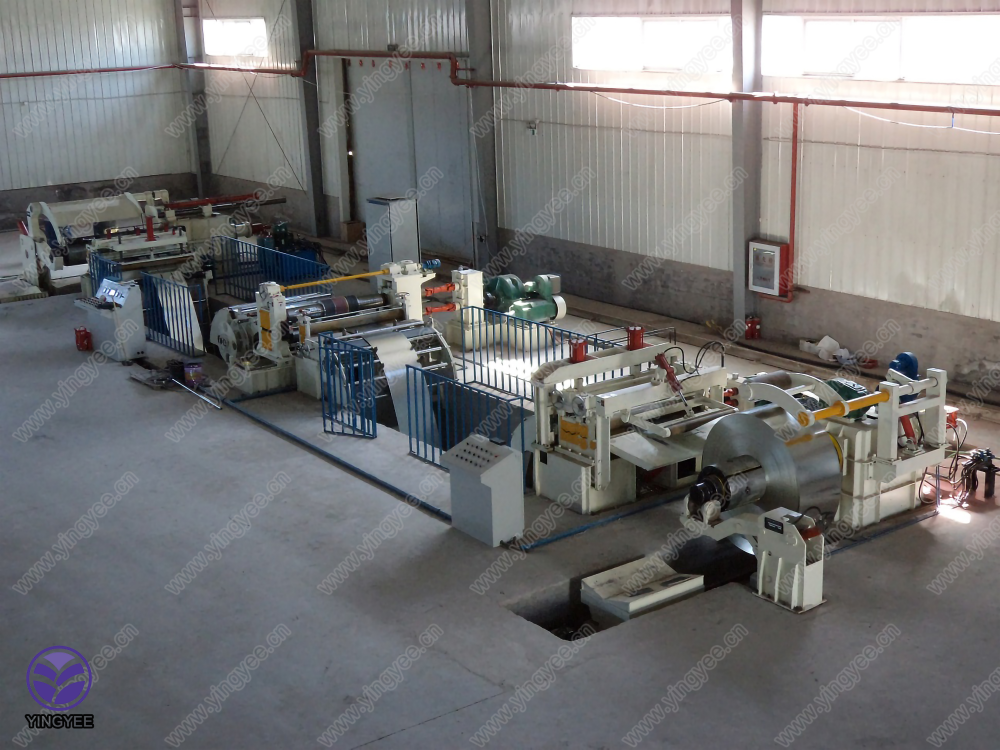
Gutter Cold Roll Forming Machine Revolutionizing the Manufacturing of Gutters
In the world of construction and building materials, efficiency, precision, and durability are paramount. As the demand for high-quality gutters increases, so does the need for advanced manufacturing technologies. Enter the gutter cold roll forming machine, a specialized tool that has revolutionized the production of gutter systems, enabling manufacturers to meet the growing market requirements with speed and efficiency.
Understanding Cold Roll Forming Technology
Cold roll forming is a process that involves the continuous bending of strips of metal into desired shapes without the need for heating. This technique offers numerous advantages over traditional metalworking methods, including superior precision, high production speeds, and minimal material waste. A gutter cold roll forming machine leverages these benefits to produce gutters with remarkable accuracy and consistency.
The process begins with a coil of sheet metal, typically made from galvanized steel or aluminum. This metal coil is fed into the roll forming machine, where a series of rollers progressively shape the metal into the profile of a gutter. The machine operates efficiently, allowing for the production of long lengths of gutter material with seamless joints, reducing the need for additional fabrication processes.
Benefits of Gutter Cold Roll Forming Machines
1. Precision Engineering The advanced design of gutter cold roll forming machines ensures that the dimensions of each gutter section are consistent. This precision minimizes installation difficulties and guarantees a better fit for the building’s structure.
2. High Production Volume These machines can operate at high speeds, producing large quantities of gutters within short time frames. This capability is particularly beneficial for manufacturers looking to meet tight deadlines or cater to large projects.

3. Cost-Effectiveness The efficiency of the cold roll forming process leads to reduced labor costs and lower material wastage. Furthermore, the durability of gutters produced using this technology means that they have a longer lifespan, providing better value for consumers.
4. Customization Options Modern gutter cold roll forming machines can be easily adjusted to create various gutter profiles, sizes, and shapes according to client specifications. This flexibility allows manufacturers to respond swiftly to market trends and customer preferences.
5. Sustainability With growing concerns about environmental impact, the reduced material waste associated with cold roll forming makes it a more sustainable option compared to traditional manufacturing methods. Additionally, the use of recyclable materials contributes to a greener manufacturing process.
Applications of Gutter Cold Roll Forming Machines
Gutter systems play a critical role in managing rainwater and preventing water damage to buildings. Therefore, the applications of gutter cold roll forming machines extend beyond simple manufacturing. They are utilized in residential, commercial, and industrial sectors, producing gutters that are essential for proper drainage and water management.
Moreover, these machines can cater to specialized applications. For example, manufacturers may produce custom gutters for historic buildings that require specific profiles or colors to match the architectural style. Additionally, gutters with integrated features—such as leaf guards or downspouts—can also be produced through this advanced technology.
Conclusion
The gutter cold roll forming machine represents a significant advancement in the construction industry, providing manufacturers with the tools they need to produce high-quality, durable gutters efficiently. Its precision, speed, and customization options make it an invaluable asset in meeting the demands of modern architecture and construction. As the industry continues to evolve, the adoption of such innovative manufacturing solutions will be crucial in addressing the challenges of sustainability and efficiency in the building materials market. By embracing this technology, manufacturers can ensure that they remain competitive in a rapidly changing environment, ultimately contributing to the creation of robust structures that stand the test of time.